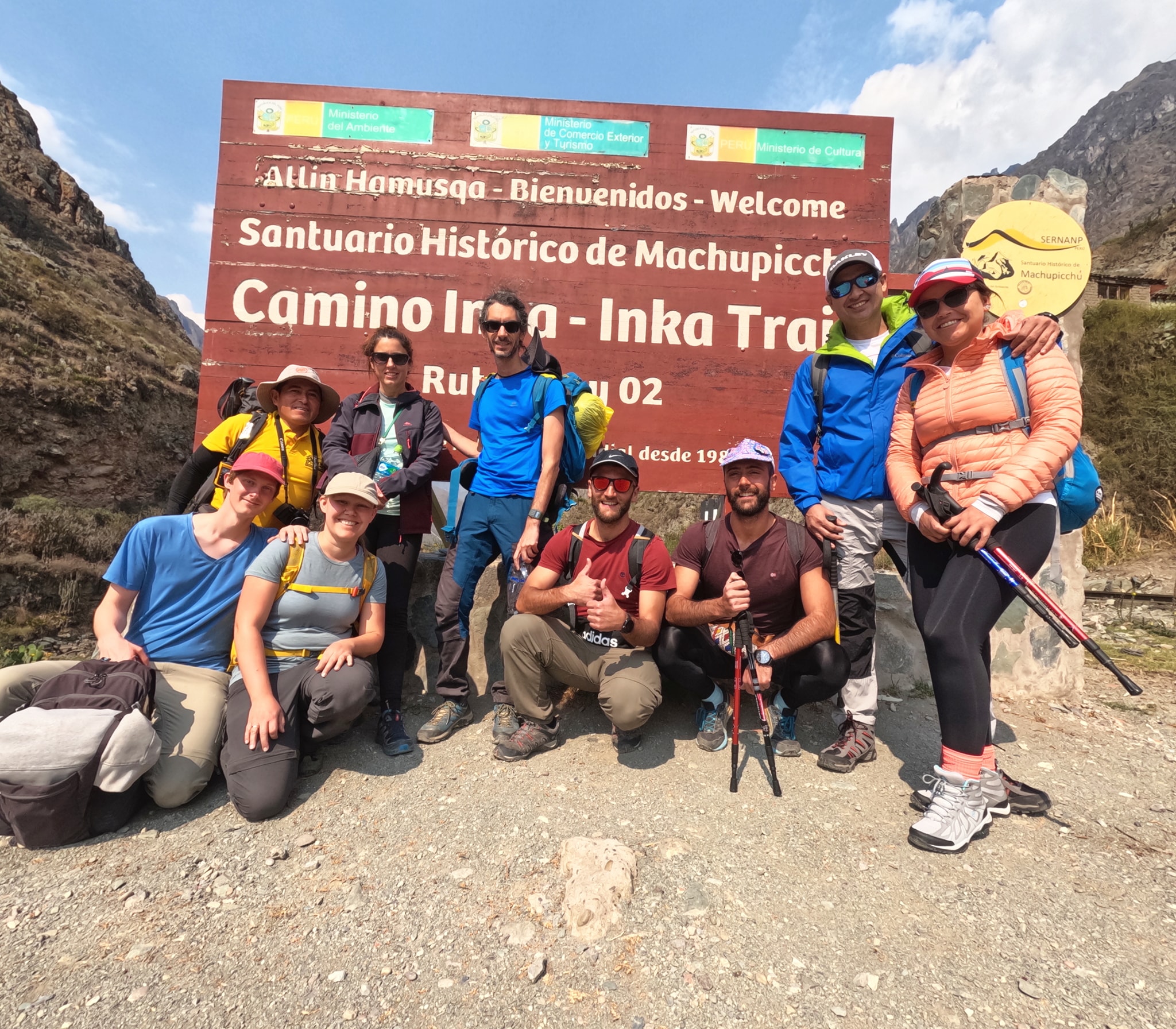Prepare to embark on a breathtaking adventure through the heart of the Andes. In this article, we aim to shed light on the demanding of the trail, helping you understand what lies ahead and how to overcome the obstacles. we will delve into the effects of high altitude on the human body, providing essential tips to ensure a safe and successful journey.

The Inca Trail is renowned for its steep ascents and descents, offering trekkers a rollercoaster-like experience through the Peruvian Andean mountains. The trail covers approximately 43 kilometers (26 miles), with various sections that challenge even the most experienced hikers.
One of the main obstacles on the Inca Trail is the substantial elevation gain. As you ascend through the mountains, the air becomes thinner, making it harder for your body to get the oxygen it needs. This can lead to symptoms such as shortness of breath, fatigue, and even altitude sickness. Understanding the effects of high altitude on your body is crucial for a successful trek.
To combat the challenges posed by the elevation gain, it is essential to acclimatize properly. Acclimatization allows your body to gradually adjust to the decreasing oxygen levels as you ascend. This process is crucial in minimizing the risk of altitude-related illnesses and ensuring a safe and enjoyable trek. It is recommended to stay a couple day before your trek in Cusco or near sacred valley.
To minimize the risk of altitude sickness, it is crucial to follow the recommended acclimatization guidelines and listen to your body. If you experience mild symptoms such as headaches or fatigue, it is advisable to rest, hydrate, and take it easy until you feel better.
In more severe cases, descending to a lower altitude is necessary to ensure your safety. If symptoms persist or worsen, seek medical attention immediately. It’s important not to ignore altitude sickness, as it can lead to more serious conditions such as high altitude pulmonary edema (HAPE) or high altitude cerebral edema (HACE).
Search
